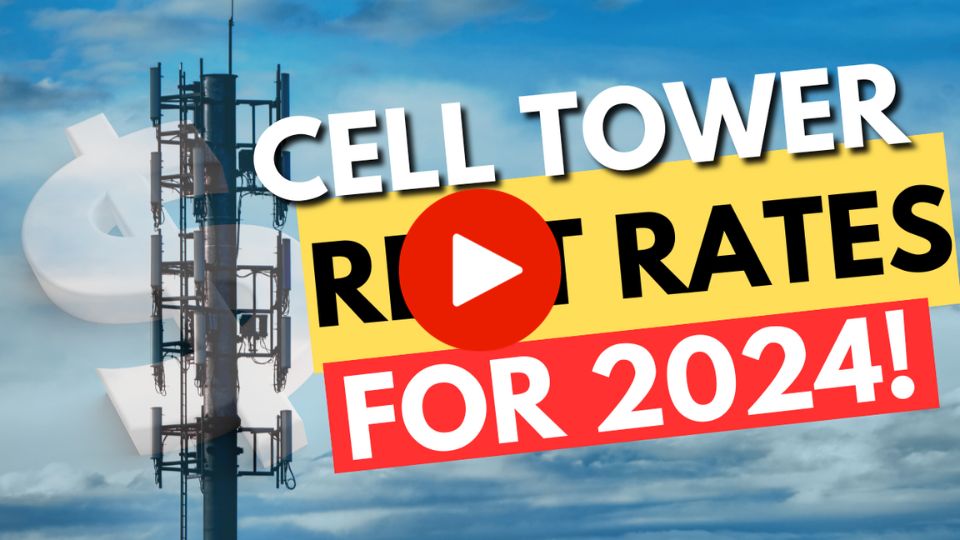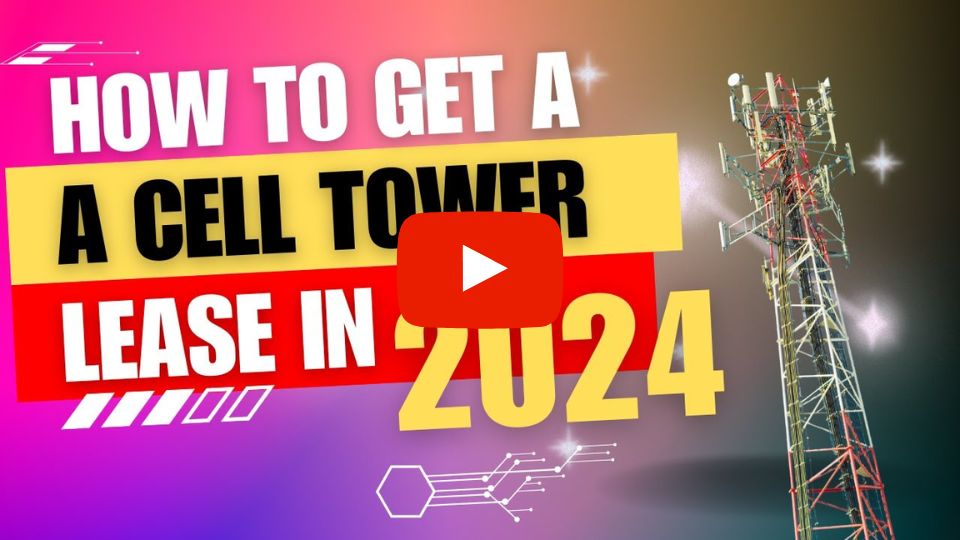It’s no secret that everyday life revolves around the internet. Whether you’re running a business, going to school, or just trying to connect with friends, the internet is an integral part of accomplishing daily tasks. If you do not have access to high-speed internet, you can get left behind as the rest of the world quickly evolves.
Essential for Everyday Life
A recent Pew Research poll stated that almost 90% of Americans feel that internet and wireless services are essential for everyday life. With most Americans now having to rely on the internet to function in modern society, those who do not have the same access are falling into the digital divide.
Many People Still Lack Access
In the United States, approximately 40% of lower-income and rural Americans do not have access to broadband or wireless internet at home. Rural Americans are also 10 times more likely to lack broadband/wireless internet access than those that live in urban areas. This is because over 30 million Rural Americans live in areas without any access to broadband or wireless services at all.
Digital discrimination is happening in urban communities as well. Certain groups such as Black or Hispanic individuals, low-income or less educated households are also less likely to have broadband or wireless access. Further limiting access to potential employment opportunities, education, and telehealth services that are now a crucial part of American society.
The Impact
The impact of not having reliable access to high-speed internet services is detrimental to these communities. Before the pandemic, many communities managed to function and live without internet access. The new COVID-19 world has placed a spotlight on the inequities surrounding the lack of access. For rural and low-income Americans, these digital inequities impact education, healthcare, and employment opportunities.
It’s difficult enough to secure employment without the internet, but when there’s no option to apply or interview in person, it becomes nearly impossible. Nearly 20% of adults that earn less than $30,000 a year are smartphone-only internet users. This means they only have access to the internet through small screens. Smartphones do not always have the same functionalities as computers, making it difficult to apply for jobs, healthcare, or educational opportunities.
Employment
With the rise of remote employment, which requires high-speed internet, rural and low-income Americans have had fewer employment opportunities. It is estimated that the percentage of permanent remote employees will double in 2021. And by 2025 more than 70% of the United States’ employee workforce will work remotely at least 5 days per month. We are already seeing companies allowing their employees to continue working from home for as long as they like. This may lead to offices of small businesses to never return and many companies to be fully remote for the foreseeable future. This leaves behind millions of rural and low-income Americans who have no access to be in a digital workforce.
Education
Lack of internet access negatively affects the education of rural and low-income communities from Kindergarten to 12th grade. Over 30% of rural and lower-income people use schools for their internet access due to a lack of access at home. Because the schools have been closed, these students are quickly falling behind their urban and suburban counterparts. While children in urban and suburban communities can log on to class while at home during this pandemic, rural and low-income students have been at a severe learning disadvantage, having to miss school entirely. This also makes it extremely difficult to apply to or participate in higher education.
Healthcare
The pandemic has impacted healthcare access across the country. In rural and low-income communities, however, it has changed the future of healthcare completely. Tens of millions of people in these communities have not been able to “see” their healthcare providers by using telehealth services in the same way that those living in higher-income and urban areas have been able to. It is estimated that 47% of the country’s 1,844 rural hospitals are already operating in the red and nearly 25% are at risk of closing in the near future. If this happens, telehealth in rural communities will be more necessary than ever. Inadequate access to high speed internet puts these communities at much higher risk of meager or no access to healthcare.
Solutions
To close this digital divide, there are a few possible solutions that could help bring high-speed internet to these communities. One solution is having increased federal focus on this issue. President Biden’s Infrastructure Plan includes funds to expand broadband and wireless internet coverage to rural and lower-income Americans. Making sure these public funds are used as intended is the most crucial part of ensuring high-speed internet reaches these communities.
Cooperatives
Creating cooperatives between public and private sectors could allow for short and long-term solutions to address this nationwide issue. This option would allow public funds and private options to work together to make sure that the people are actually getting what they need in their communities. This option is similar to the public/private sector’s effort associated with the Rural Electrification Act of 1936 that provided electricity nationwide.
There are local alternatives that could fix this problem as well. Allowing local governments to build and operate their own broadband and wireless networks would ensure that communities are getting the access they need. Along with reliable, high speed access, local solutions create jobs and allow municipalities to generate additional revenue by leasing their infrastructure to large communications companies like AT&T AT&T, Verizon, and T-Mobile.
The Carrot or The Stick
The last solution is the Carrot/Stick approach. This approach provides incentives and/or mandates for private telecom companies to turn their concentration from urban areas to rural/low-income areas when it comes to 5G or similar internet network development.
No Time To Wait
While many of these solutions could work to bring internet access to rural and low-income communities, the one thing we know for sure is that high-speed internet isn’t a luxury for these communities but a necessity. Without internet access, they are falling behind their urban counterparts in all societal aspects. As the world continues to work online, lower income and rural American communities can not be left behind and there is more work to be done to eliminate this digital discrimination.




